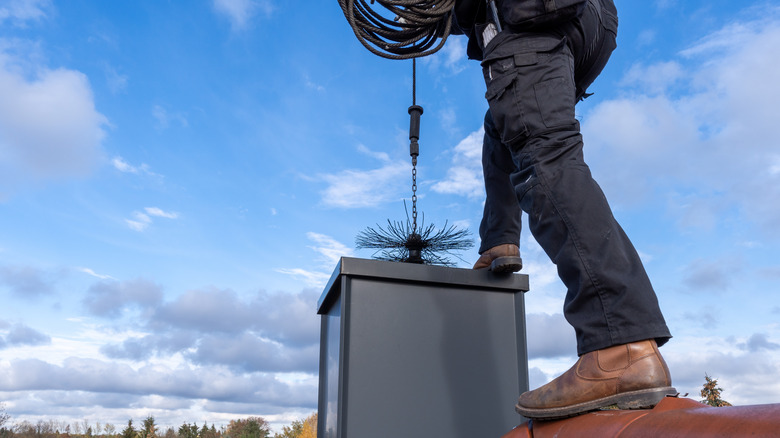Wood-Burning Vs Gas Fireplace: What's The Difference? (& Why It Matters For Your Cleaning Routine)
Homeowners may wonder how a wood-burning fireplace differs from a gas fireplace. Well, both heat your home, but their similarities mostly end there. A wood-burning fireplace offers a rich, crackling experience, igniting your senses with the pleasant, warm scent of logs as they burn inside the firebox. Your gas fireplace uses clean natural gas or propane to provide heat, delivering cozy warmth without the sensory aroma. A wood fireplace requires a chimney, but gas fireplaces do not, either using a ventilation system or a self-vent. While both types need occasional cleaning, wood burners require more frequent maintenance to reduce fire risk and improve your home's air quality.
While a fireplace can be enjoyable and relaxing, it is important to understand the dangers associated with each type. Wood-burning fireplaces produce creosote, which forms in the smoke during the combustion process as the wood's cellulose fibers break down. It is a toxic, dark-colored, thick tar-like residue that forms after burning wood, often coating the inside of your chimney. Signs of creosote buildup include a strange, tar odor and smoke entering your home instead of venting correctly through the chimney. This can become a fire hazard and means your fireplace needs attention. Inhaling creosote can also cause respiratory irritation, coughing, and irritated eyes, especially in thick buildup. Because it's the primary cause of chimney fires, regularly cleaning your wood fireplace is essential for safety.
Cleaning a wood-burning fireplace vs. a gas fireplace
Experts recommend an annual cleaning of your fireplace, whether it uses gas or wood. However, how thoroughly you clean it depends on the type you have, as well as how often you use it. Consistently burning wood logs, especially if wet or unseasoned, leads to creosote buildup, so your fireplace may require more frequent cleaning. To ensure a thorough and proper clean, hire a chimney sweep anytime you notice creosote buildup is ⅛ inch thick. Ideally, you should schedule chimney cleaning in the warmer months to prepare for winter use. The same applies for gas models, or if your fireplace sits unused for long periods of time.
A gas fireplace does not require as much maintenance because it burns clean fuel. Don't neglect it though. Experts still advise an annual inspection to check for leaks, seal cracks, clean the ignition, and test for signs of carbon monoxide. The professional will also clear debris, pet fur, leaves, or birds' nests that may block the vent. This is important because a blocked vent could lead to carbon monoxide leaking into your home, posing a serious health risk to your family. In addition, if you notice a gas flame that appears weakened or burns yellow instead of blue, or if there's a lingering odor in the air, contact a professional. These are signs that maintenance is needed for safe operation.

